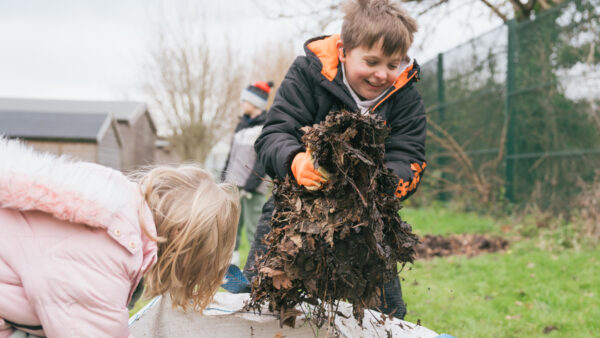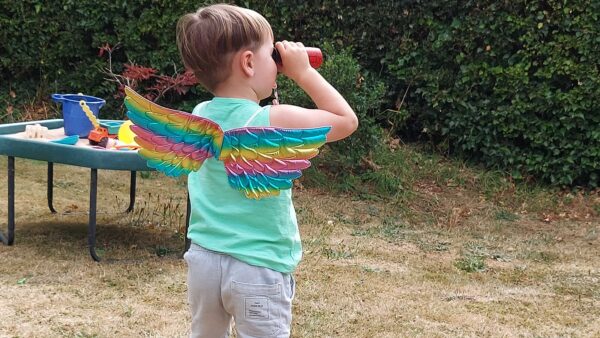The Outdoor Accessibility Guidance is a 200 page guide that acts as a one stop shop for anyone needing standards, guidance and information on outdoor access. Looking for tabletop reach for a wheelchair user, pros and cons of path surfaces or design guidance for a bird hide? Are you seeking tools and approaches that can help you be more inclusive in your organisation or community group? Then we’ve got you covered.
As well as a wealth of technical information there are two important principles that underpin the very ethos of outdoor access; least restrictive access and the Access Chain. These principles are at the very heart of our work and if you are looking to improve outdoor access then you won’t go too far wrong by starting from here.
Least Restrictive Access (LRA)
All new work and maintenance aims to achieve the most accessible option. It helps us get away from the fallacy that some places are ‘not accessible’ or simply too challenging. LRA shows that we can always do something to make somewhere better. The classic example is the inaccessible gate, changed to a more accessible gate, or ideally no gate at all which can transform access for a wheelchair or scooter user. A series of countryside steps can be made less restrictive by adding handrails or improving the surface material, or ideally by adding a ramp. Improvements will increase access for more people
The access chain
“The enjoyment and success of visiting an outdoor place actually starts way before you get there, it starts at home with the decision to visit,” says Jane Stoneham, director. We developed the Access Chain to show that going out somewhere involves a series of steps.
It starts with step one when someone decides to visit, step two is the journey and arrival, and it is not until step three that the onsite experience happens. Step four is the experience of going home and relates to someone’s lasting impressions. If any step is broken, then a visit may be difficult or may not even happen. The Access Chain is offered as the basis for undertaking access reviews, planning events and to help demonstrate where the most critical barriers exist

Most barriers outdoors are the result of decisions that have been made by someone at some point in time. The width of a path, the surface material, whether or not there are seats. Most decisions are based on the law of averages, but the problem with averages is they leave out the same people over and over again.
Our mission is to change the decision-making process so that a wider diversity of people are recognised and outdoor spaces are usable and welcoming to everyone.
The Outdoor Accessibility Guidance was commissioned by Paths for All and written by Sensory Trust. It can be downloaded now for free.
Image Credit: istock/urbazon



